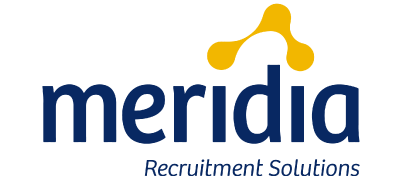
Leveraging organizational leadership: How are you investing in your organization's future?
Recent results of a survey published in the Globe and Mail are disconcerting to many but come to little surprise to most HR leadership coaches. The findings, which report that one of the biggest concerns of today's Canadian business managers is the lack of leadership skills exhibited by their employees, indicate that current leaders are uncertain as to whether their employees are prepared to take on tomorrow's challenges.
A common misconception may be that the wrong people are sitting in the chairs; however, it in fact reflects the fact that the pace of change within today's business environment requires a more strategic and nimble approach to talent development and retention. The response to this, most often, is to incorporate leadership coaching, an effective tool which maximizes human capital to its highest potential.
No different than the way an athletics coach maximizes the performance of elite athletes, leadership coaching is a way to maximize performance in the workplace. Leadership coaching can be provided on a one-on-one basis involving the coach and the employee, or it may be facilitated through a group with the contribution of the employee's manager. In the leadership sessions, a coach opens a dialogue with the employee, provides objective feedback, and enhances skills. Managers have utilized coaching in a variety of scenarios, each with very different circumstances, but always designed with the same goal in mind: a more satisfied, more productive, and better prepared employee.
One of the most effective uses of coaching programs is to further develop and organization's senior leaders: those employees already acting in leadership positions within the organization. This key group of talent is imperative in how the business functions, grows, and responds to change. Investing in this talent through employee-centered coaching is a sure-fire way to ensure that they are armed with the skills to guide the future of the organization.
Coaching is also a highly effective component of the recruitment solution. Let's look at an example. In the recruitment of an engineering manager for a manufacturing facility, one of the incumbent's challenges was to manage in what was often considered to be a difficult environment. Leadership was a key success factor. While a great candidate was identified who fit well with both the organization and the technical demands of the position, the candidate was missing the management experience required for the scope of the role. Despite the leadership gap, the candidate was hired, and the employer made the decision to engage the candidate in a coaching program designed to build upon the individual's strengths while fostering effective leadership for the whole team, thereby increasing the effectiveness of the business.
Of course, as with any investment, some risk must be assumed. A colleague of mine once pointed out the questionable possibility of investing in leadership coaching and development, for an employee who may then leave for a newer opportunity. As an employer, however, think of it better in this way: what is the business risk in not developing your key leaders, and having them stay with the organization?
Have questions on the investment of leadership coaching within your organization? Visit the KBRS website to learn more about our approach to leadership solutions.

Find the right talent for your organization’s unique needs with our team of recruitment professionals.





